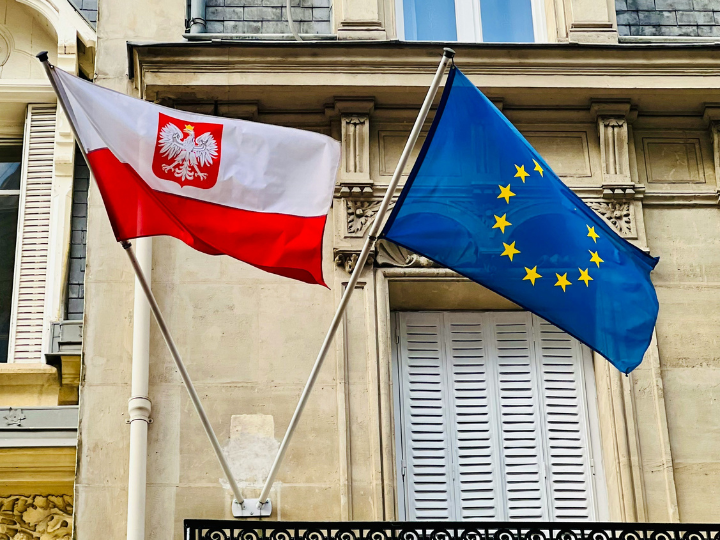by Frank-Jurgen Richter*
And all governments finance ministers are involved in the changes affecting the euro on a minute-by-minute basis.
It is also a global problem, and China is involved as it has a very large sovereign wealth fund able to buy out debt practically anywhere in the world.
However, Premier Wen Jiabao said last week that China was not to be looked on as a last hope financier for failed economies thus, Europe must put its house in order before calling on bailouts from China.
Europe's financial crisis is a convoluted mess. It is partly predicated on the US 2007 banking collapse because Europe's banks were also involved in cross-lending into the US. The lack of confidence in the US spread to Europe so its banks hesitated to lend to each other and, in turn, did not lend to individuals. In many ways, growth has been strangled. And it is growth that creates wealth.
Meanwhile, some in Europe are grasping the global production interlinks: the shipping company Maersk Line has just announced that it will ensure daily shuttle shipping from Europe to Asia and back. Even though Chinas internal market is growing rapidly, it still exports a lot, with most of it going to Europe. This will help China press for EU acceptance of its market economy status, though it knows this may not occur until 2016 under World Trade Organisation rules.
Commerce Minister Chen Deming has stressed that China is already a market economy. Others point to Chinas upsurge of built-in intellectual products in many of its goods, some of which are global leaders; yet, still others say that Chinas intellectual property law is too lax. These arguments are never clear-cut.
It is clear that China did recover rapidly after the 2009 shock when both its internal and external market collapsed. External buyers simply reduced their stock levels across all sectors so, in turn, China had to slow its own production yet it was able to ramp up rapidly when global demand rose again. Last year, the countrys share of global manufactured exports reached 13.7 per cent, up from 12.1per cent in 2009: a trend likely to persist in the coming decade.
Eventually, China will reach a point where mounting labour costs trigger declining shares in low-end exports, offsetting gains in the mid and high-end value segments. But were not there yet. Its goods are more hi-tech than before, but it is still predominantly a labour intensive, low-end export power, excelling in production of commodities such as clothing, textiles, footwear and toys.
It is persisting in developing its own infrastructure of roads, railways, waterways and the airways most geared towards the increased flow of goods based on inflows of raw materials and fuels for its manufacturing plants. The future of exports from China will be led by equipment manufacturers and, although these may not yet be penetrating Western markets, competition in third markets is intensifying. The greatest shock that might face European and US manufacturers is the full-scale export of Chinese manufacturing capability similar to that of the Japanese entering the US and Europe.
China wishes to improve its global image of being a benign power in many sectors, but it will not be perceived as mature if it doles out money to spent causes. It bought into the US debt, perhaps fuelling too much credit and inflaming US purchase of cheap goods from China. It will have learned that hard lesson, and now Europe has to behave better than the old US in order to be creditworthy in Chinas eyes. That seems fair.
* Dr Frank-Jürgen Richter is the founder and chairman of Horasis, an independent international organisation committed to enacting visions for a sustainable future.
** The article got originally published by the South China Morning Post




 By: N. Peter Kramer
By: N. Peter Kramer

